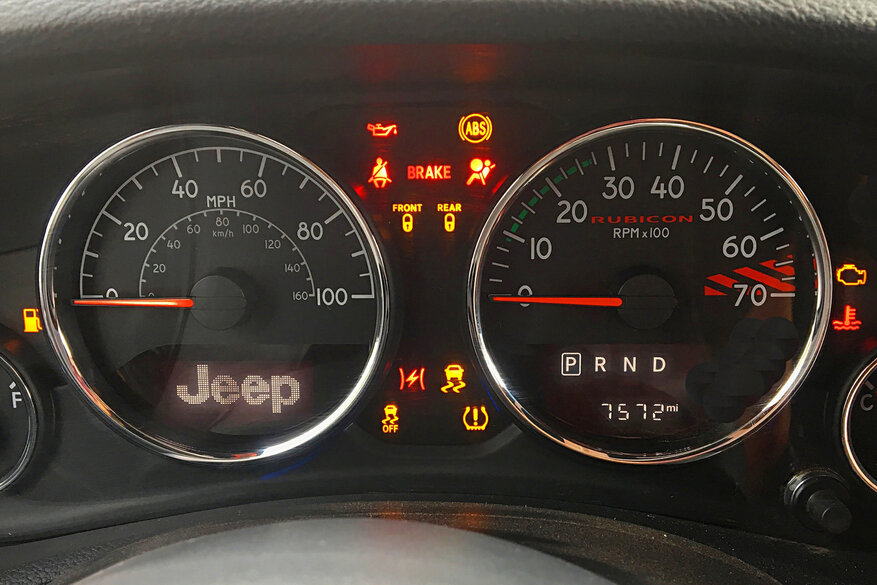by Kyle Buchter
Quadratec Trail Boss
Part One of Two
_____
They pop up randomly, it seems, on your Jeep’s dash. Different colorful icons. Some you know, maybe some you don’t understand. Maybe new Jeep owners or drivers don’t know them at all.
But they are all important, in their own way.
And they all should be addressed quickly because, it turns out, they really aren’t so random after all.
So, for those who aren’t sure what that icon means that is now illuminated on your Jeep’s dash, or anyone who needs a refresher, here is a quick overview of what may come up as you are headed around town, or on some adventure:
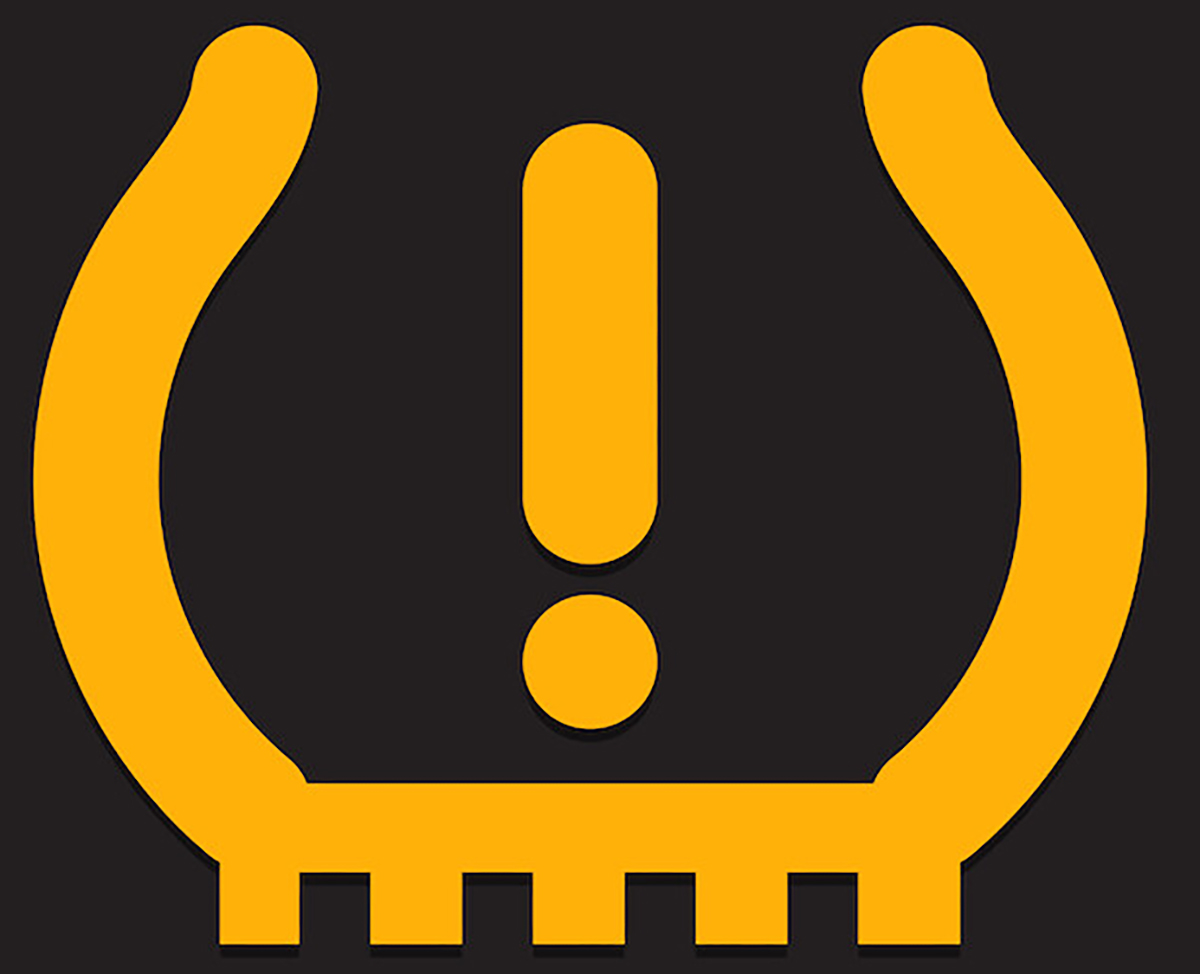
TPMS
This is a fairly common light that appears and its yellow exclamation point, surrounded by a tire icon, may or may not be an immediate problem. The initials stand for your vehicle’s tire pressure monitoring system and are calibrated to check and display the current tire pressure for each tire. Should that pressure fall below a certain threshold, then this light will trigger and the dash should also display the tire pressure PSI number.
It is important to note that all tires lose air during normal use over time and if not aired back to specifications, then the light will trigger. Additionally, when you air down to go off-roading, then it will also trigger. These two ‘normal use’ situations just need to be monitored and adjusted as needed. However, if you are driving along and suddenly the light illuminates, then its best to quickly check tire pressure as it is possible some road debris, or other obstruction, has lodged in one (or more) tire(s).
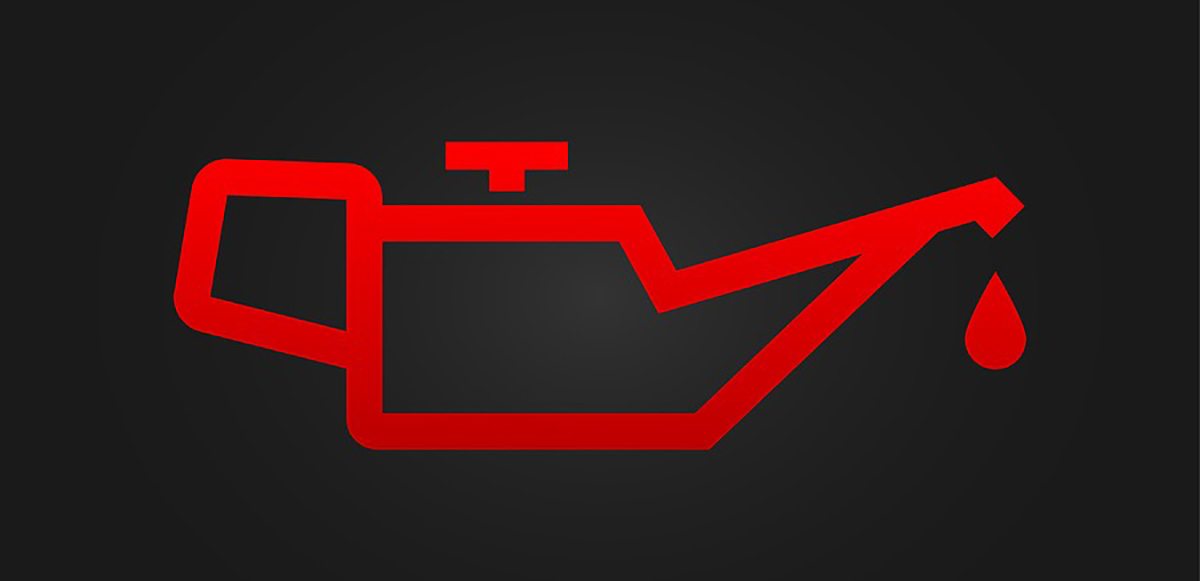
Oil Pressure
Generally, this one will pop up when the engine is not getting enough oil pressure and looks like a little oil pot. It could mean the oil level is low or there is an oil leak somewhere. It also may mean the oil filter has become clogged and is not letting oil pass through correctly.
Of course, it could also mean it is time for an oil change and knowing the mileage since your last change is definitely important as oil issues can damage your engine through overheating or poor lubrication.
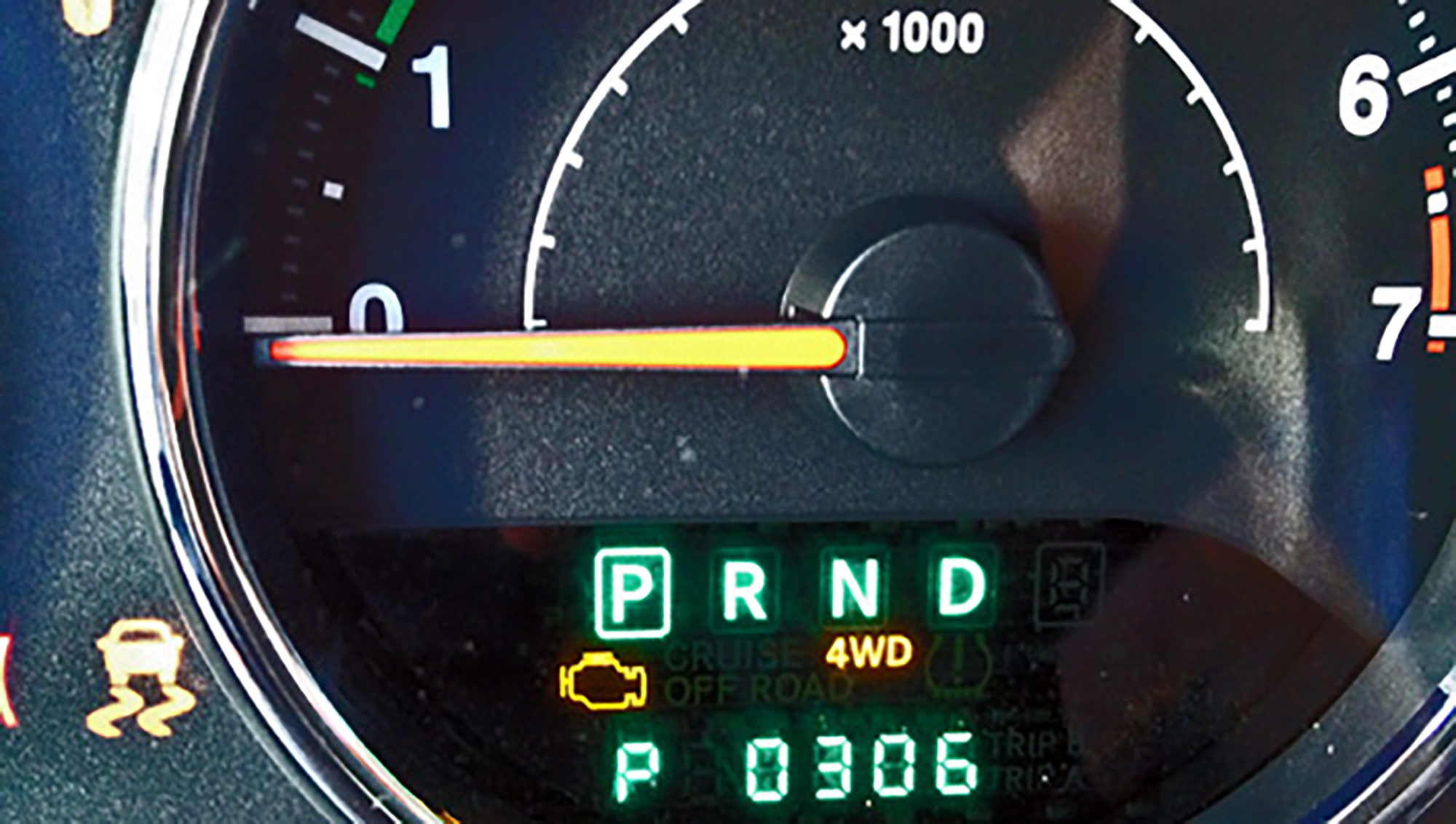
Check Engine
Your vehicle’s check engine light is a warning and may appear as a yellow or orange engine icon on the dash if the sensors determine there may be an issue. You may also have heard this referred to as “throwing a code.” And it could be something as simple as the fuel cap not sealing correctly, all the way up to serious engine issues. However, if this icon is blinking, then you should stop as soon as it is safe or engine damage is likely.
If you are able to utilize a code reader (always a handy device to carry) simply plug it into the OBD-II port, usually below the dash, and see what code appears. You can find code explanations online and then make a repair determination from that information. Also, you can take the vehicle to an auto store or trusted mechanic and have them “pull” the code.
Whichever way you choose, just know this light means your vehicle’s computer has determined there is something wrong and, while sometimes it can be prolonged, you most likely will need to take action before there is a more serious result.

Airbag
This light will flicker on when there is an issue with the airbag and looks like a big ball in front of a sitting figure. As this is a crucial safety component on your Jeep, you really shouldn’t risk driving much without repairing the problem. Some vehicles do allow a temporary turn-off for the airbag, but again, service as soon as feasible to eliminate serious safety concerns.
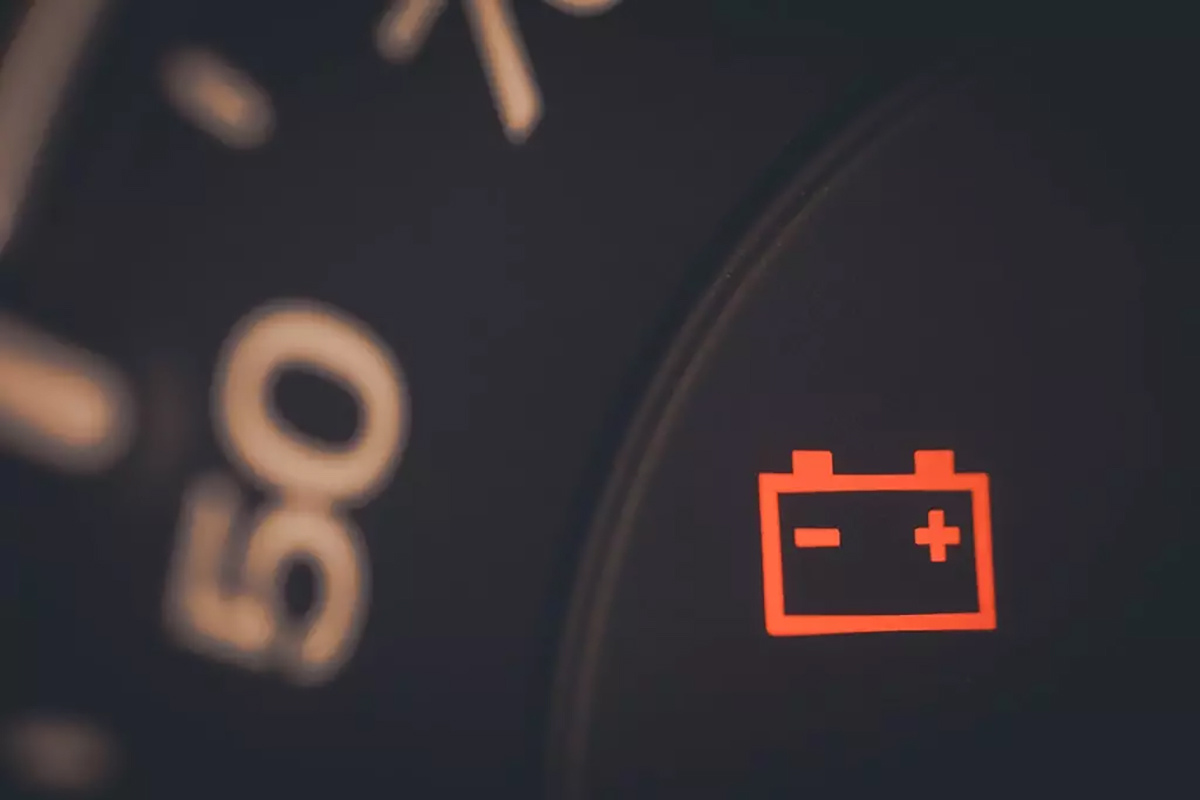
Battery
When you see this red battery icon appear on your dash, it is indicating low battery power or that the battery needs a charge/replacement. This could happen if the Jeep hasn’t been driven for a while, as the battery normally does a decent job charging itself when driving. Additionally, the terminals may just need a good cleaning and the battery itself topped off. Finally, it could also just mean the battery’s lifespan is nearing an end. Most vehicle batteries these days usually last in the 3-5 year range, but that life can decrease depending on weather, driving habits and other power-draining accessories on the Jeep.
Another thing to consider if the warning light does not disappear after a good battery cleaning or replacement —there may be a wiring issue or perhaps a faulty alternator.
One thing is clear about this light though; don’t just reach for the jumper cables and think that will be the problem solver.
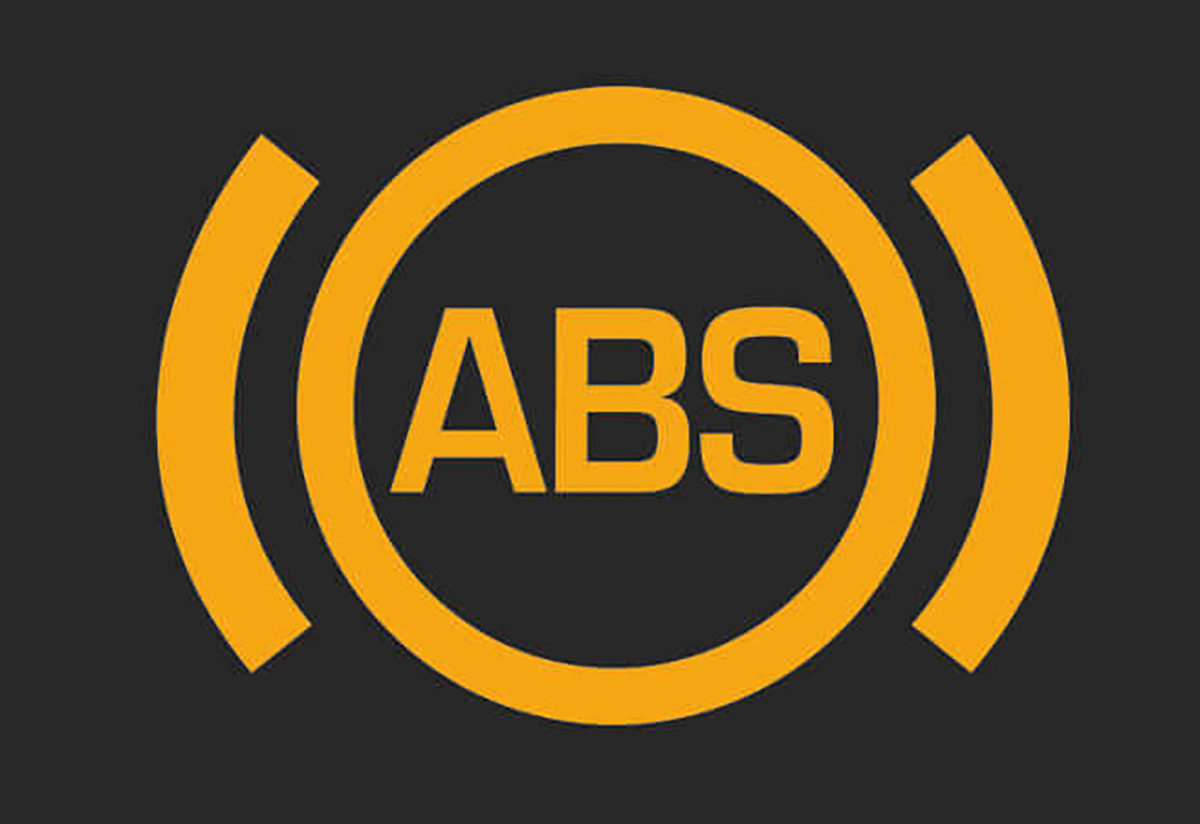
ABS
This warning light pops up when the Jeep’s computer detects an issue with the anti-locking brake system. As the vehicle’s ABS is designed to help keep the brakes from locking up and the wheels themselves from stopping to spin, it is definitely important to check out the issue. Failure to do so can lead to tire, brake pad and caliper problems, as well as an overall safety issue when driving.
The ABS warning can be set off by a few different things — a malfunctioning ABS module, low fluid level in the reservoir, broken wheel speed sensors or the system itself has somehow turned off, in which case your owner’s manual will let you know the best way to reset the system.
The other issues can be deciphered by a trusted mechanic but, again, if this light does appear on the dashboard then don’t simply hope it goes away with continued driving.
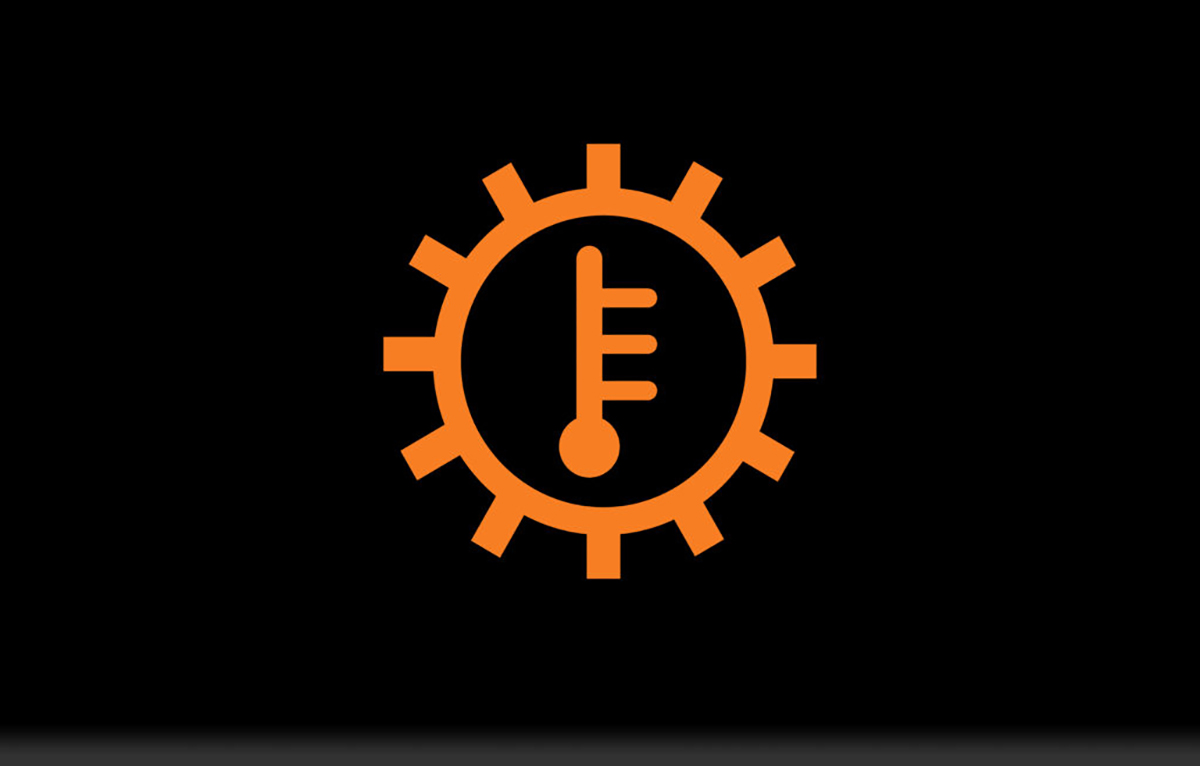
Transmission Temperature
When a light that looks like a thermostat inside a sun illuminates on your dashboard, it is due to the transmission starting to overheat. Running the transmission at high temperatures for a prolonged period will cause this — for example, if you are doing some heavy towing or traveling up steep hills under load.
The best way to solve this is to pull over as soon as possible and give your Jeep a chance to cool down. If not, you risk real damage to that transmission and that usually is not an inexpensive repair. Generally, the ideal maximum transmission temperature is about 200 degrees. And for every 20 degrees over that, the transmission lifespan may be cut in half.
if that light continues to illuminate even after you’ve let the vehicle cool down for a considerable time, then you’ll want to check the transmission fluid level, or have a trusted mechanic take a look.
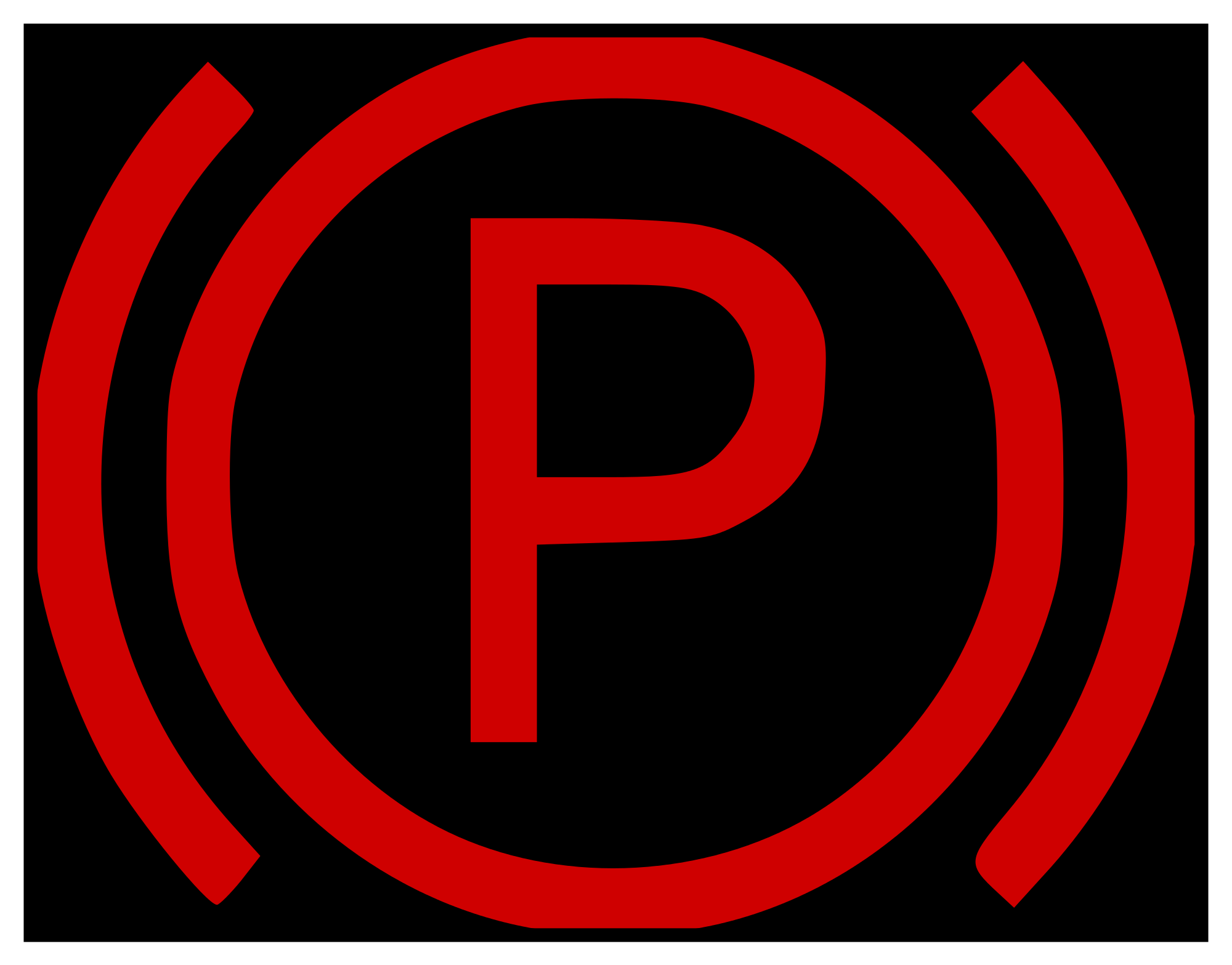
Parking Brake
The parking brake light icon illuminates when the brake is applied or "on". However, if that icon is flashing, or remains lit when driving, then it can also indicate an issue with the parking brake system. While you can drive safely in this condition, avoid parking on hills or other uneven areas until the issue can be resolved.
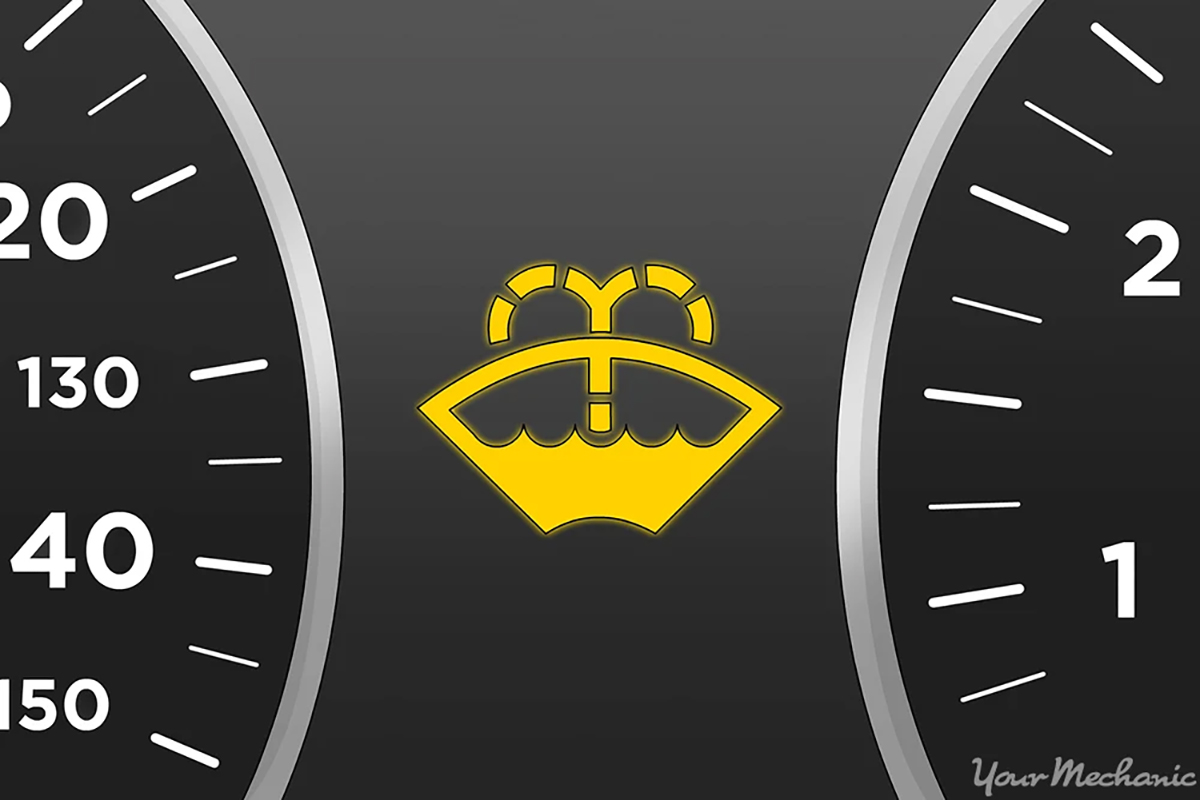
Low Washer Fluid
Another dashboard icon that doesn’t indicate a severe issue, but it is something that can be underestimated and affect visibility no matter the season. Wiper fluid helps maintain that visibility by washing away bugs, dirt and other grime when traveling — especially during winter months when road salt mixes with slush to form a nasty, windshield blinding, mixture.
Thankfully, this one just requires a quick visit to the auto store for some wiper fluid to refill the reservoir. Also, it is good practice to take a look at the wiper fluid (and other vehicle fluids) every time you perform an oil change.

Low Fuel Warning
Yes, this one definitely seems straightforward, but there are those who still run out of gas (or diesel) for one reason or another.
So, when this icon appears with its distinctive fuel pump and nozzle icon, it shouldn’t be ignored. Additionally, most late-model Jeep Wranglers will also have a “low fuel” warning show up just below the speedometer as well. So between the two, they are hard to miss, even if you aren’t paying attention to your fuel gauge.
If you’ve had the Jeep for a while, you probably have determined just how much driving time you have left when this warning appears, but those with new (or new to them) vehicles will want to find a fueling station within the next few miles.












